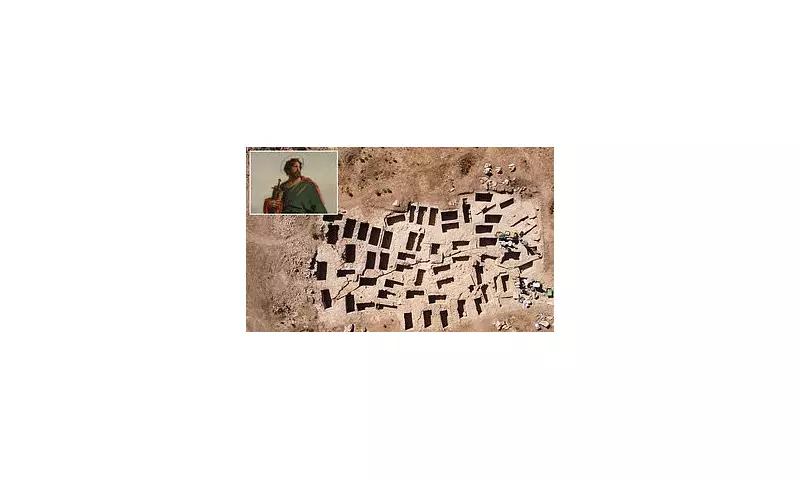
Archaeologists have made a breathtaking discovery in southern Turkey that could shed new light on early Christianity and potentially solve one of history's greatest religious mysteries. Excavations near the ancient biblical city of Pisidian Antioch have revealed a remarkable 1,900-year-old burial site that may hold connections to St Paul the Apostle.
The Groundbreaking Discovery
Researchers from Karabük University uncovered the ancient necropolis during ongoing excavations at the historic site. What makes this find particularly extraordinary is its dating to the 3rd century AD, placing it squarely within the early Christian period when St Paul was spreading his teachings across the region.
The burial complex features multiple tombs and sophisticated architectural elements that suggest it belonged to individuals of significant importance. Archaeologists discovered several underground chambers and intricately designed sarcophagi, indicating this was a resting place for early Christian elites or religious figures.
Historical Significance
Pisidian Antioch holds profound biblical importance as one of the first cities St Paul visited during his missionary journeys. According to the Acts of the Apostles, this was where Paul delivered his first major sermon to Gentile audiences, marking a pivotal moment in Christianity's expansion beyond Jewish communities.
"This discovery could fundamentally change our understanding of early Christian burial practices in Anatolia," explained lead archaeologist Professor Suat Ateşlier. "The timing, location, and nature of these tombs align remarkably with what we know about St Paul's activities in this region."
What Makes This Discovery Special?
- The site dates precisely to the period when St Paul was active in the region
- Advanced architectural features suggest occupants of high status
- Location matches historical accounts of early Christian communities
- Artifacts found show Christian symbolism from the earliest periods
Ongoing Research and Future Prospects
Archaeological teams are continuing their meticulous work at the site, using advanced technology including ground-penetrating radar and 3D mapping to uncover more secrets without damaging the fragile remains. Laboratory analysis of bones and artifacts is underway, which could provide crucial evidence about the identities of those buried there.
The discovery has generated excitement among religious scholars and historians worldwide, who see this as a potential breakthrough in understanding how early Christian communities honoured their most important figures. While conclusive evidence linking the site directly to St Paul may take years to establish, the findings already provide invaluable insight into early Christian life in Anatolia.
As excavations continue through 2024, researchers remain cautiously optimistic that this remarkable burial ground may finally reveal answers to questions that have puzzled scholars for nearly two millennia.





